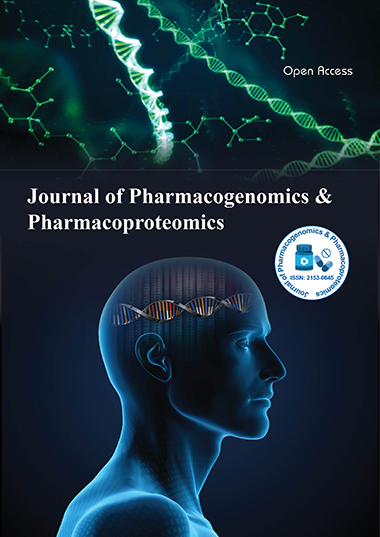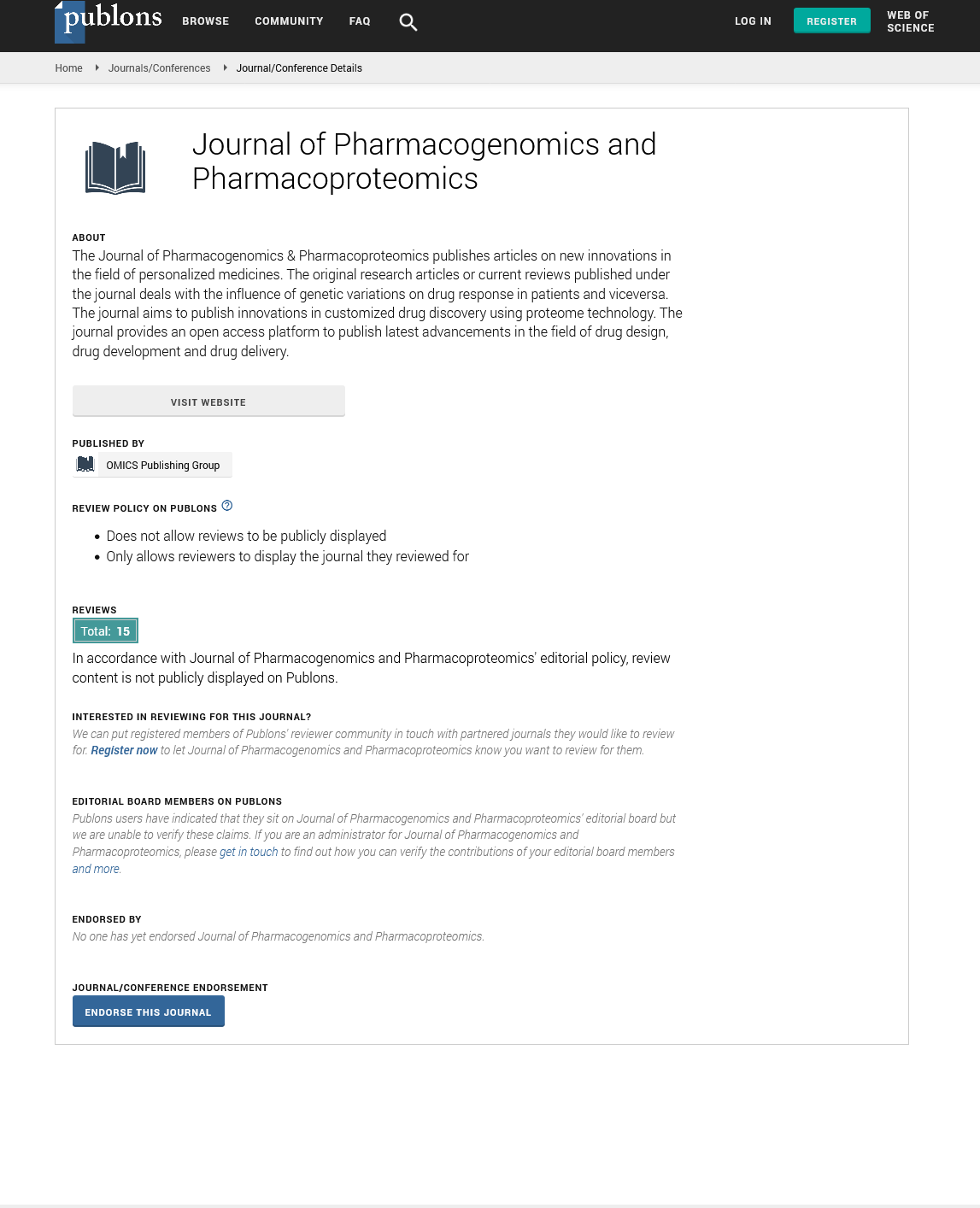Indexed In
- Open J Gate
- Genamics JournalSeek
- Academic Keys
- JournalTOCs
- ResearchBible
- Electronic Journals Library
- RefSeek
- Hamdard University
- EBSCO A-Z
- OCLC- WorldCat
- Proquest Summons
- SWB online catalog
- Virtual Library of Biology (vifabio)
- Publons
- MIAR
- Euro Pub
- Google Scholar
Useful Links
Share This Page
Journal Flyer

Open Access Journals
- Agri and Aquaculture
- Biochemistry
- Bioinformatics & Systems Biology
- Business & Management
- Chemistry
- Clinical Sciences
- Engineering
- Food & Nutrition
- General Science
- Genetics & Molecular Biology
- Immunology & Microbiology
- Medical Sciences
- Neuroscience & Psychology
- Nursing & Health Care
- Pharmaceutical Sciences
Abstract
Genetic Diversity and Population Structure Analysis of Vernonia (Vernonia galamensis (Cass.) Less L.) Germplasm in Ethiopia using ISSR Markers
Gete Eshetua*, Alemineh Mideksa, Tilahun Mekonnen, Kassahun Tesfaye
Vernonia (Vernonia galamensis (Cass.) Less.) is a new potential industrial oil crop with high content of vernolic acid in the seed oil. Ethiopia is one of the few Vernonia rich African countries. Knowledge of the genetic structure of the crop is very important for its improvement and sustainable management. The present study was targeted to investigate genetic diversity and population structure of 60 Vernonia genotypes in Ethiopia representing 8 populations using ISSR markers. A wide range of genetic diversity indices were computed to determine the extents and patterns of genetic variation within the eight populations. All the used markers were highly informative with polymorphic information content ranging from 0.5 to 0.71 with overall mean of 0.51, indicating that they are useful genetic tools for genetic structure analyses. The within-populations Nei’s gene diversity ranged from 0.28 to 0.43 with an overall mean of 0.36, indicating existence of promising genetic variation to exploit through breeding to improve desired traits. Clustering, and Principal coordinate analysis did not sharply grouped the genotypes following their geographical areas of sampling. Population structure analysis revealed the presence of two sub-populations with lower degree of genetic admixture. In conclusion, the used ISSR markers were very valuable and highly informative to determine the extent and patterns of genetic diversity and population structures of Vernonia. Among the studied populations, East Shoa and East Hararghe Vernonia populations showed relatively higher gene diversity indicating that these area could be targeted for identifying super performing Vernonia genotypes for breeding program and conservation purposes.
Published Date: 2025-01-18; Received Date: 2023-10-12

